Contrast bath therapy
What is contrast bath therapy?
- Contrast bath therapy is a physical therapy treatment in which the whole extremity or part of the body is immersed first in hot water, then in ice water, and then the technique of alternating hot and cold is repeated lots of times. The contrast bath can help enhance circulation surrounding the injured tissue.
- Contrast bath therapy treats edema, stiff joints, inflammation of soft tissues, muscle spasms, and painful upper and lower limbs. contrast bath treatment method is most common with athletes. Athletes mostly use contrast baths to treat muscle damage and soreness of the muscle and painful muscles, and to faster recovery after injuries.
- Depending on your tolerance for severe temperatures, immersing your body first in hot water and then in an ice-cold bath may sound torturous.
- This is one of many Hydrotherapy treatment option for physical therapists to help decrease pain and muscle spasms, increase range of motion and muscle strength, and improve functional mobility
Goals of Treatment
- If your physiotherapist suggests you use a contrast bath for the treatment of the injury, the goals of treatment will most likely involve:
- Decreased pain
- Controlled inflammation
- Improved mobility
- Improve muscle recovery after exercising
Benefits of contras bath therapy
Reduces fatigue
- Athletes may find that contrast bath therapy helps to reduce post-game fatigue.
- use of contrast bath therapy for hot and cold baths helped the team group sports players recover from fatigue 24-48 hours after the game.
- Immersion in cold water alone didn’t give the same benefit. as immersion combined with hot water
Decreases muscle soreness
- severe exercise causes damage to the muscle fibers. But you might not feel uncomfortable until a day or/and so later. This method is known as delayed onset muscle soreness.
- Delayed onset muscle soreness and muscle weakness in elite athletes following energetic workouts. contrast bath therapy enhances both soreness and weakness rather than passive resting alone.
- Two factors should be noted.
- First, the best results happened when the hot water temperature was lower than 104°F (40°C).
- Second, other popular therapies, such as immersion in cold water alone, were about as effective at relieving soreness and weakness symptoms as contrast bath therapy.
Removes excess lactic acid
- When you do exercise forcefully, lactic acid builds up in your body. The secretion of lactic acid is normal, but it can make feel tired and sore.
- You can reduce the symptoms of lactic acid developing in your body by resting, drinking water, taking a magnesium supplement, and following a few other simple protocols.
- contrast bath therapy can also help to reduce the lactic acid in your body, helping you recover from the soreness and fatigue of energetic exercise.
Decreases swelling
- When you get injured, part of your body’s normal inflammatory response is a flow of fluid and white blood cells to the injured area. The development of this fluid can apply pressure to the injury and cause pain.
- involving hundreds of people with ankle sprains, contrast bath therapy reduced swelling around 3 days post-injury.
how to use contrast bath therapy?
- To perform a contrast bath, you necessary for two whirlpool tubs. the first tub should be filled with warm water, and another tub is filled with cold water. The warm tub should be between 98-110 degrees Fahrenheit temperature, and the cold tub should be 50-60 degrees Fahrenheit temperature.
- Some physical therapy clinics will have only one tub, so they will use the tub typically for warm water and a bucket for cold rather than a tube.
- Once both tubs are at the correct temperature, the therapist is instructed to put your injured body part in the warm whirlpool, where it should stay for 3-4 minutes. You may be asked to do slight motion exercises during treatment time.
- then instantly move the part being treated to the cold tub or bucket. Be prepared; the change from hot to cold can be smooth and intense.
- Typically, stay in the cold water for at least one minute. If you can’t tolerate the cold temperature for that long time, let your physical therapist know. They will possibly have to turn you back to the warm water.
- This sequence of moving from hot to cold and back again to hot is commonly repeated for 20-30 minutes. Be sure your physical therapist should observe the temperature of the water as you are going with the treatment. Often, the temperature will need to be regulated by adding more ice or warm water to the respective baths to maintain comfortable temperatures.
- After treatment, your physical therapist should take follow up on your injury to see if the treatment achieved give a significant effect.
- must remember that Always start with the hot water and end with the cold water, except:
- Rheumatoid Arthritis – end the treatment in the hot water and extremely dry the area
- If the joint is much swollen and hot, then use only cold water
Equipment used for contrast bath
- Two large containers enough, with the proper shape, to fit the body part to be treated
- Water-bath thermometer
- Drape sheet
- Towels for drying
- Cold compress for the head
- bottle to remove and add hot water
- This means for heating water if a tub or sink is not available for cold compression and cold bath
Techniques for use of the contrast bath therapy
- There are many ways to warm up and cool the body parts, and . fix in the mind that immersion is always better than a flow or/and spray: whenever possible, you want to surround the body part. The major systems for temperature are:
- immersion: in sinks, in buckets, or/and tubs
- wrapping: in heating pads, ice packs, or/and soaked towels
- pouring/spraying: immersion in a stream from a valve, containers, removable shower head
- Contrasting should follow the following basic pattern: 3 to 6 alternations between heating and cooling. More alteration is may be getting to be a waste of time. Less than 3 times is probably not worth the disturbance
- Elevate the intensity of the contrast as you go hotter hot, colder cold if practical. It’s easy with some methods.
- about 2 minutes of heating: comfortably warm
- about 1 minute of cooling: cool, not cold except for you’re tight skin surface
- about 2 minutes of heating: hotter
- about 1 minute of cooling: colder
- about 2 minutes of heating: hot as you can tolerate
- about 1 minute of cooling: cold as you can tolerate
- Cold sounds horrible to a lot of people, but you should be surprised at how tolerable it is when you have properly pre-warmed
- alternate method if water baths are not available or/and practical for the area being treated.
- Use a heating pad or/and warm poured towel on the affected area for three to four (3 – 4) minutes
- Alternate using an ice pack wrapped in a towel a frozen washcloth or a towel for one (1) minute
- Repeat the above-mentioned steps three 3 more times
mechanism of contrast bath
- The process of a contrast bath is a term of hydrotherapy that includes repeatedly dipping a limb in hot and cold water. This gets done at a particular rate, temperature, and time. The repeated switching in the middle of the two temperatures may create vasoconstriction and vasodilation of blood vessels, leading to a pump effect. This is believed by some people to accelerate circulation into tissues all over your body.
- Even though contras bath is a widely used therapy, there is no particular protocol for how hot the water should be warm and cold or/and how long it should take. Different professionals may use different timing and temperature to generate the best result.
- Also, the contras bath therapy accelerates blood flow which may lead to oxygenation of blood improving the healing process. It may also enhance the transport of waste products solving edema. More oxygenation generates because of the hot water. Hot water is thought to cause your hemoglobin a protein in your blood include in transporting oxygen to get oxygen more effectively into the tissues.
- The key feature of contrast bath therapy is the instant changes produced in the circulatory system when you go from very hot water to very cold water.
- When you submerge part or/and the whole of your body in cold water, small blood vessels knowns as capillaries respond to the cold by getting smaller. This method is known as vasoconstriction.
- When you immerse yourself in warm/hot water, the reverse effect happens. Your blood vessels open up. This method is known as vasodilation.
- The theory behind the use of contrast baths in physical therapy is that the instant change from warm water to cold water helps to instantly open up and close the small capillaries of blood vessels in the body. Warmth creates these small arteries to open, while cold creates small arteries to close.
- This rapid opening and closing of blood vessels near the site of the injury create a pumping action that’s thought to help to reduce swelling and inflammation surrounding injuries. De the swelling and inflammation help to reduce pain and improve mobility.
Conditions treated in contrast bath
- Experimenting with contrast bath therapy should be a standard part of rehabilitation for many musculoskeletal injuries, especially repetitive strain injuries in the extremities. Repetitive strain injuries generally need more rest to recover, and any technique for stimulating tissue without stressing it is valuable. Contrast is also much easier and more practical and effective to apply to the limbs, so the most common people who use the contrast bah are:
- Acute injuries to extremity (over 72 hours) involving
- Upper and lower extremity fractures, hand and finger arthritis
- Conditions associated with reduced blood flow
- Muscle hypertonicity resulting in muscle cramps or muscle spasms
- Repetitive strain activities, like carpal tunnel syndrome
- Chronic Regional Pain Syndrome (CRPS)
- plantar fasciitis
- shin splints
- tennis elbow
- Achilles tendonitis
- Knees are a little joint, but still easy enough to use contras bath with a little creativity, athletes use contras bath therapy in a few conditions like runner’s knee conditions, iliotibial band syndrome, and patellofemoral pain syndrome.
- Hips and shoulders are more awkward to use contrast bath therapy, and also wider, thicker, and often more covered with fat, so it is harder to adjust the hip and shoulder temperature for contrast bath. The hip joint itself is probably almost completely unaffected by the use of a contrast bath, for occurrence, so there is almost no point for use of contrast bath for hip problems. Of course, contrasting is even less comfortable or/and worthwhile for spine problems, like back pain.
- Ligament sprains are very slow to heal and often become chronically painful, after a long, it seems like ligaments should have healed. Although it’s doubtful that contrasting will “increase healing” from sprains, it may get worth doing any therapy to improve healing after the initial swelling should go in the hope of some minor benefits.
A few tips for contras bath
- Stay warm. generally want to be more careful with your application of the heat: at least a minute, but as long as five minutes depending on how effective your heating method is. Heat is more comforting and relaxing rather than cooling, and incomplete heating is the most common thing which people do wrong with contrast bath therapy.
- Finish with cold. You should usually finish a contrast session with cold therapy, particularly if you suspect that you might be a little inflamed. Never finish a warm bath if you’re concerned about increasing inflammation. You might finish the contras bath therapy with warm if your priority is to have a more relaxing experience.
- Stretch during the treatment of the hot water Do Not use it because that stretching is caused by a fracture of the healing part, but if you choose to stretch, do it after the heating. If you have to stop heating to start the stretch, reheat after stretching before moving on to the cold.
- Dial it up as you go. It is beautiful though not always adjusted to increase the intensity of the contrast as you go for the treatment: the hot gets hotter and the cold gets colder
- Keep the contrast bath empty because contrasting is not have much effect on the deeper tissue
- the temperatures deep in the gastrocnemius calf muscle during a 30-minute in warm water and a 30-minute cold contrast therapy The hot tub did warm a little bit to the deep calf muscle, a couple of degrees for hot and cold on average with many variations. But the temperature four centimeters under the skin hardly change in the contrast therapy: the depths of the calf looked to be largely unaffected by the treatment. Once the leg was warmed up, dipped the leg in cold water for a minute
- It is unbelievable that the physiologic effects appropriate for the fluctuations
- There’s possibly a more pronounced effect on empty tissues, which didn’t measure. the Joints and connective tissue may respond quite differently just because the temperature doesn’t alter and doesn’t mean that there isn’t meaningful stimulation of the joints and connective tissues.
- But it does suggest that a contrast bath is more likely to be useful when apply to target empty tissues. And many common sports injuries do affect superficial tissues.
contrasting different body part
- Wrists, forearms, and elbows are generally the easiest body parts to apply the contrast bath, especially if you have a double sink, which works very well. Just fill one sink with hot water and one sink with cold and move back.
- If you only have one sink, a flow of water from the valve is a reasonably good alternative: just switch from a flow of hot water to a flow of cold water.
- Wrapping forearms with heating pads and ice packs or/and soaked towels might be better than a valve. Few people have large enough ice packs on hand for wrapping, but big ones are available at most medical stores, and they’re not expensive. Soaked towels are messy
- Lower legs are generally more difficult. A pair of deep buckets is a sample of work to set up and you need to have just the right kind of buckets which is available, most people don’t use deep buckets because not aware of that thing but the best solution.
- Removable shower valves are most usable for contrast, but the effect is not as strong as immersion, especially if it’s a low-flow of shower head
- Bathtub valves generally produce enough water rather that the stream which is almost as good as immersion, particularly for the feet.
- Knees are difficult to immerse but easy to use. Giant buckets are probably the premium option, but only for those people who have a low height, and are quite easy to set up. Pouring water beyond the knee joint is probably the best compromise especially if combined with soaking the feet and lower legs in smaller buckets.
- The thighs and hips are particularly awkward to use contrast but pulled it off using a combination of a hot bath with a large bin of cold water used as a sitz bath. easy to set up,
- contrasting the back of the spine is not the greatest use of the method but it is easy enough to do in the shower. Many people find it difficult to have much cold water sprayed on the back of the spine,
Risk factors of the contras bath
- open wounds.
- heart issues.
- high blood pressure
- Deep vein thrombosis
- Local malignancies
- Peripheral Vascular Disease (PVD)
- Impaired sensation
- Bleeding and acute inflammation
- Diabetes and neuropathy
- If there is a good pulse rate in the upper limb and lower limb, diabetics and those with neuropathies can achieve benefit from a contrast bath, but it requires to be under the observation of the physiotherapist
- Burns from water that is too warm
- Skin damage from water that is to much cold
- Ensuring that the water you use for contrast baths is the correct temperature is the best way to lessen these risks.
- It is necessary that contrast bath therapy is done in clean, uncontaminated water. Contaminated water could create a risk of infections. The patient who is taking the treatment with contaminated water may be at a higher risk of getting an infection. Enough precautions are necessary before the use of the contrast bath.
Precautions for Doing Contrast Baths
- Contrast baths should not be done/apply to an acute injury
- Treatment should not be given before 48 hours have passed since the injury
- Make sure that the room is warm temperature and free of drafts. Colder room temperatures make contrast baths a little less effective.
FAQS
How often can you do contrast baths?
The immersion of the water is alternated for a total time of up to 15 minutes, with the first and last immersion in cold water. Ideally, the contras baths are repeated 3 times a day.
How long should one be immersed in cold water during contrast water therapy?
Some athletes prefer to use contrast water therapy, alternating immersion in cold and warm water. Many people use either ice bath immersion for a period of 5–10 min sometimes up to 20 min or/and alternating therapy between the ice bath and mild water immersion, each immersion lasting 1–5 min.
Do contrast baths reduce swelling?
Contrast baths are a thermal intervention commonly used by clinicians, athletic trainers, physiotherapists, and athletes to reduce upper and lower limb inflammation, swelling, and pain and improve posttraining recovery.
How long do contras baths stay in your system?
Contras are safe to use during under observation, and your body naturally relieves of them within a day or two when you urinate or have a bowel movement.
Can you do contrast therapy every day?
Contrast bath therapy can be used at just about any time, with many people making it a daily routine. The best time to use contrast therapy sessions is directly after an intense workout, which will help to prevent post-workout soreness and inflammation.

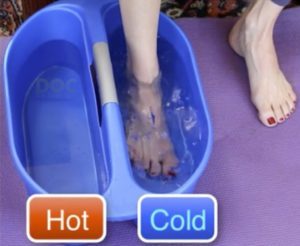
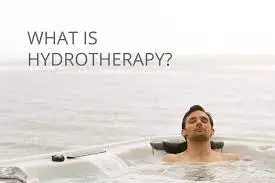
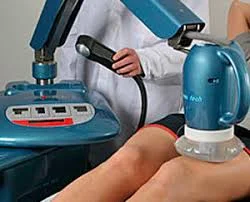
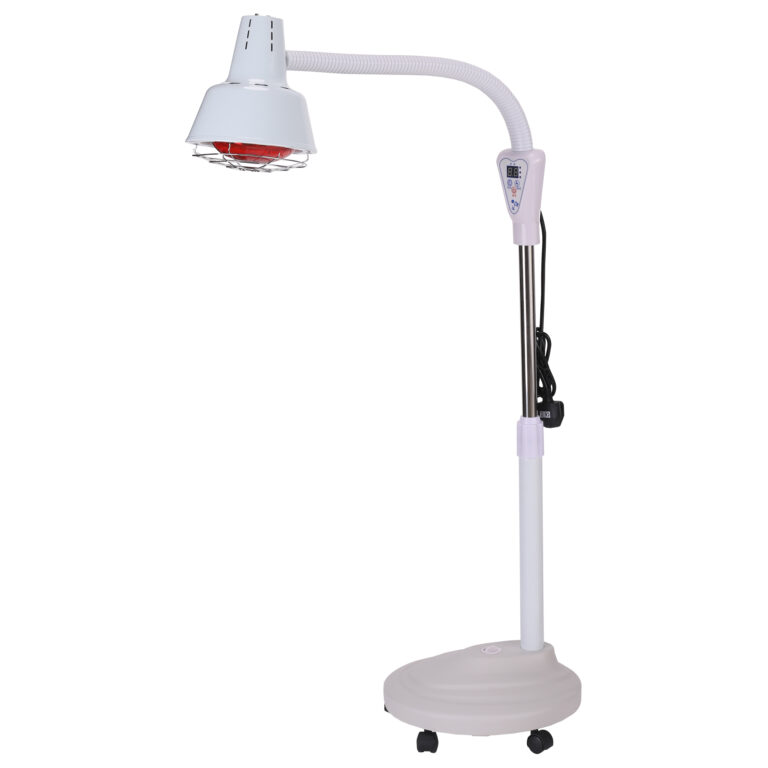
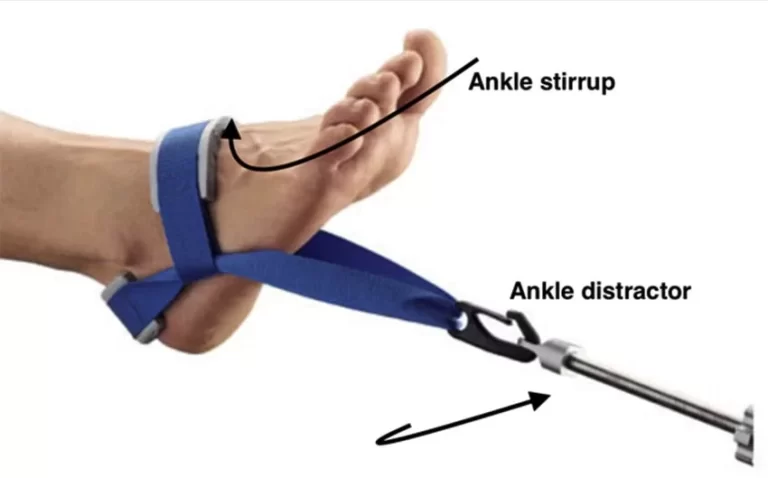
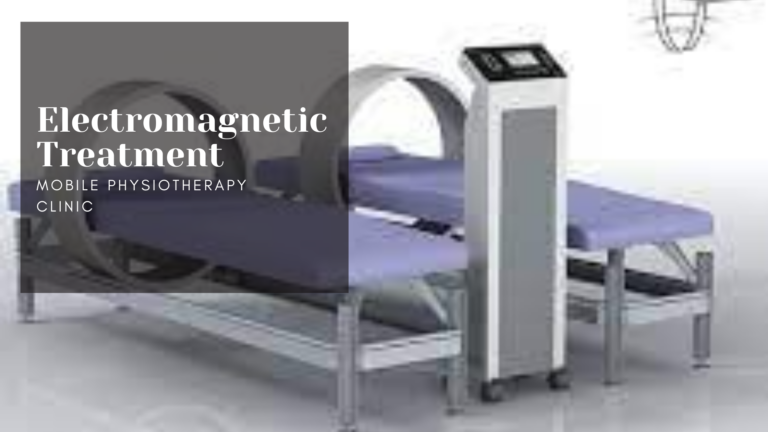

4 Comments